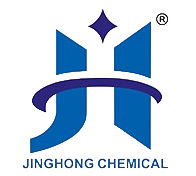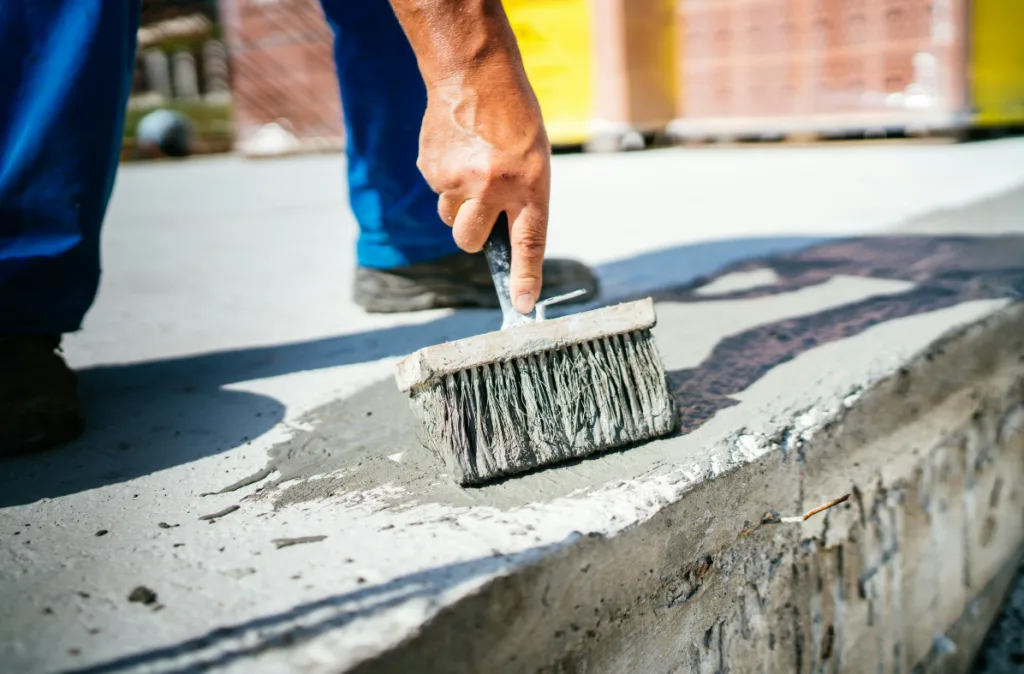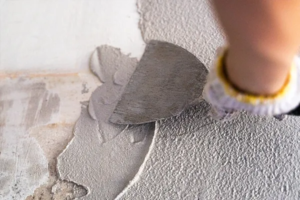When mortar fails on site, the cost of rework and delay can be painful. Poor workability, fast drying, and cracks are common issues that frustrate builders and buyers.
Hydroxypropyl Methyl Cellulose (HPMC) is essential in construction mortars because it controls water retention, viscosity, and flexibility, which directly influence workability, crack resistance, and long-term durability. Without it, mortars often fail during application or under stress.

HPMC in Mortars
Contractors and buyers often ask why one supplier’s mortar performs better than another’s. The answer usually lies in the HPMC quality and grade. Let me walk you through the three key technical properties that matter most.
How Does Hydroxypropyl Methyl Cellulose Influence Water Retention in Mortars?
Fast drying mortar causes weak bonding and cracks. On a hot construction site, this is a real headache for workers and supervisors alike.
HPMC helps mortars retain water during application, allowing cement hydration to complete properly. This prevents premature drying, improves adhesion, and gives workers more time for adjustment.
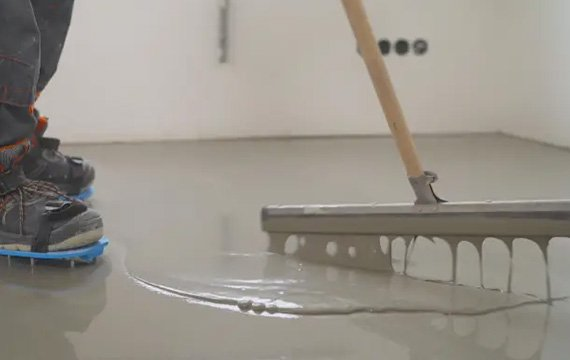
HPMC Water Retention
Why water retention matters
When mortar loses water too fast, cement particles cannot hydrate fully. The result is weak bonding and lower final strength. With HPMC, the water stays longer in the system. This is especially important in tile adhesives and plaster mortars where surface drying is common.
How HPMC solves the problem
HPMC creates a thin protective film around cement particles. This slows down water evaporation and allows full cement hydration. It also prevents mortar from shrinking too fast, which reduces cracks. High retention means workers can reposition tiles or smooth plaster without rushing.
Practical impact on site
| Factor | Without HPMC | With HPMC |
|---|---|---|
| Setting time | Too fast | Adjustable and stable |
| Bond strength | Weak | Strong and reliable |
| Cracking | Frequent | Reduced significantly |
| Workability | Poor | Smooth and consistent |
For construction managers, choosing HPMC with the right retention property is not optional. It is the difference between a project that lasts and one that fails. You can find more technical insights from ScienceDirect on cellulose ethers.
Why Is Viscosity of Hydroxypropyl Methyl Cellulose Critical for Workability?
A mortar that is too thick is hard to spread. One that is too thin flows off the wall. Both waste time and material on site.
The viscosity of HPMC determines the balance between mortar flow and stability. High viscosity improves sag resistance, while medium grades offer smooth workability. The right choice depends on the application.
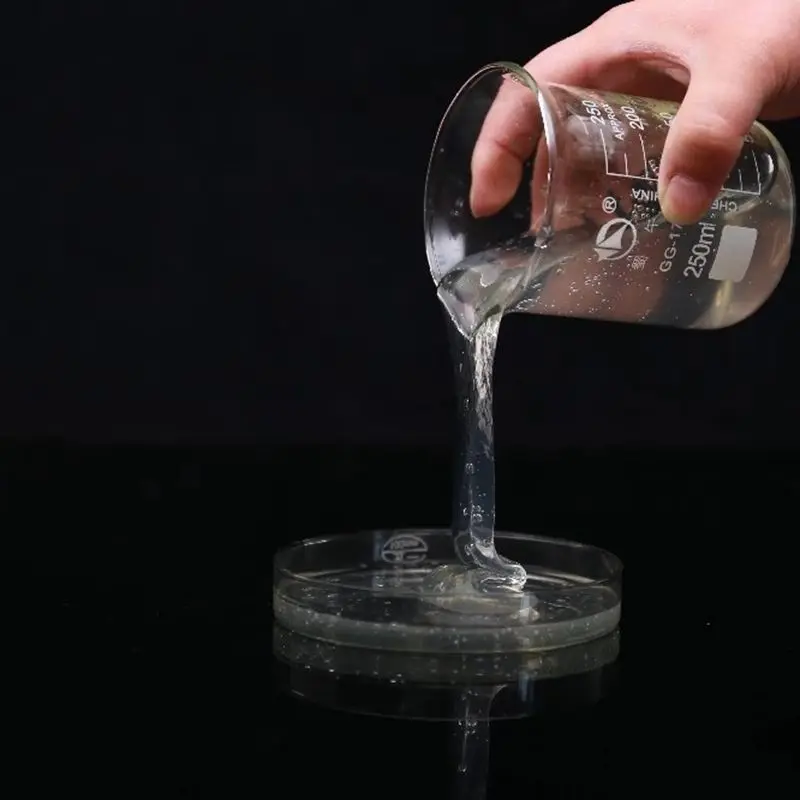
HPMC Viscosity
Understanding viscosity
Viscosity describes how thick or thin the HPMC solution is. In construction mortars, viscosity directly affects how mortar behaves under the trowel. High viscosity HPMC creates a stronger internal structure, which stops mortar from sliding down when applied vertically.
Choosing the right grade
- Tile adhesive: Needs medium to high viscosity for sag resistance.
- Wall putty: Works best with medium viscosity for easy spreading.
- Self-leveling mortar: Requires low viscosity to allow free flow.
Why this matters to buyers
| Mortar Type | Viscosity Range | Effect |
|---|---|---|
| Tile Adhesive | 60,000–100,000 cps | Strong anti-sag, firm bonding |
| Wall Putty | 30,000–50,000 cps | Smooth finish, easy to spread |
| Self-Leveling | 5,000–20,000 cps | Free flow, flat surface |
Choosing the wrong viscosity leads to complaints from applicators. That is why quality control in HPMC production is so important. You can check global standards at ISO 9001 certification guidelines.
What Role Does Hydroxypropyl Methyl Cellulose Play in Cracking Resistance and Durability?
Cracks not only ruin the look of mortar surfaces, but they also damage trust between buyers and suppliers.
HPMC reduces shrinkage stress during curing and enhances flexibility, which prevents cracking and improves long-term durability of mortars.
The science behind crack resistance
Mortars shrink as water evaporates. This creates internal stress that often leads to hairline cracks. HPMC slows down the drying process and distributes stress more evenly. Its polymer chains also provide flexibility, which allows mortars to absorb slight movements without breaking.
Benefits in different mortars
- Plaster mortars: Fewer surface cracks, better smoothness.
- Tile adhesives: Stronger bond, tiles stay fixed even under stress.
- Putty: Longer lifespan, less rework.
Comparison for durability
| Property | Without HPMC | With HPMC |
|---|---|---|
| Shrinkage cracks | Frequent | Rare |
| Adhesion | Weak | Strong |
| Durability | Short term | Long term |
| Customer satisfaction | Low | High |
In my own work with clients, the biggest cost savings often came not from cheaper materials but from fewer repairs. By using the right HPMC, builders save money on maintenance and protect their reputation. You can read more from Cement and Concrete Research Journal.
Conclusion
HPMC brings three core values to mortars: strong water retention, proper viscosity for workability, and reliable crack resistance. Together, they ensure mortar quality and long-term performance.
